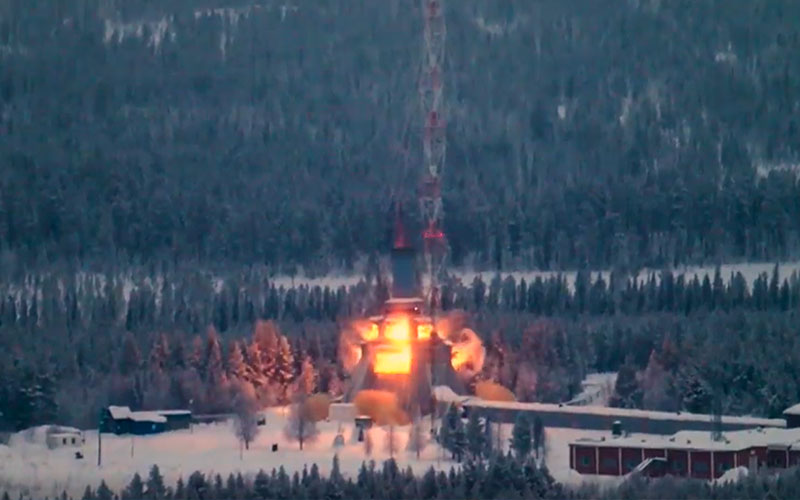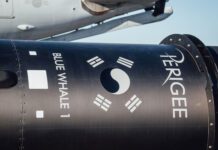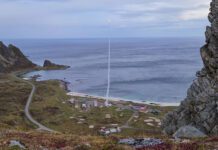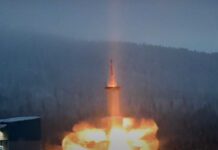
The joint DLR/ESA TEXUS-59 suborbital science mission was successfully launched on 15 February from Esrange Space Center in Sweden.
TEXUS-59 was launched at 14:42 UTC aboard a two-stage Brazilian VSB-30 sounding rocket. The rocket reached a maximum apogee of 264.5 kilometres before returning back to Earth. It was then recovered, allowing researchers to examine the results of three experiments. The flight lasted for approximately 15 minutes with around six minutes of weightlessness.
The 13-metre tall rocket carried two experiments for the European Space Agency and one for the German Space Agency DLR. The SaFari experiment studied the crystallization of liquid silicon under microgravity, which will enable researchers to work toward improving the performance of solar cells.
TOPOFLAME examined how fire propagates under microgravity. The results of this experiment will aid in the development of safer crewed spacecraft and space stations.
Finally, T-REX examined how human cells behave in microgravity conditions. Understanding the effects of microgravity on human physiology is an important part of long-term missions in low Earth orbit and beyond.
The TEXUS-60 flight was scheduled to be launched soon after TEXUS-59. However, a Swedish Space Corporation spokesperson has confirmed that this flight has been rescheduled to the second half of March.
TEXUS (Technological Experiments in Zero Gravity) is one of the world’s longest-running sounding rocket programmes, with the first flight being launched in December 1977. The programme is managed under the MORABA department of the DLR Space Operations unit, which is based in Oberpfaffenhofen, Germany. In addition to DLR, TEXUS flights also have a significant contribution from Airbus Defence and Space. The company manages the integration and testing of experimental equipment for each flight. It also develops the ground support systems required to manage the experiments during flight.





